Cellular connections: Vadim Mustyatsa's contribution to understanding cell behavior
At Nazarbayev University, professor Ivan Vorobyev and his laboratory of cell motility use high-resolution microscopy and custom software to study focal adhesions, key structures involved in cell attachment and movement. In this interview, one of laboratory's researchers Vadim Mustyatsa explains how understanding these complex structures could lead to breakthroughs in areas like wound healing and cancer progression.
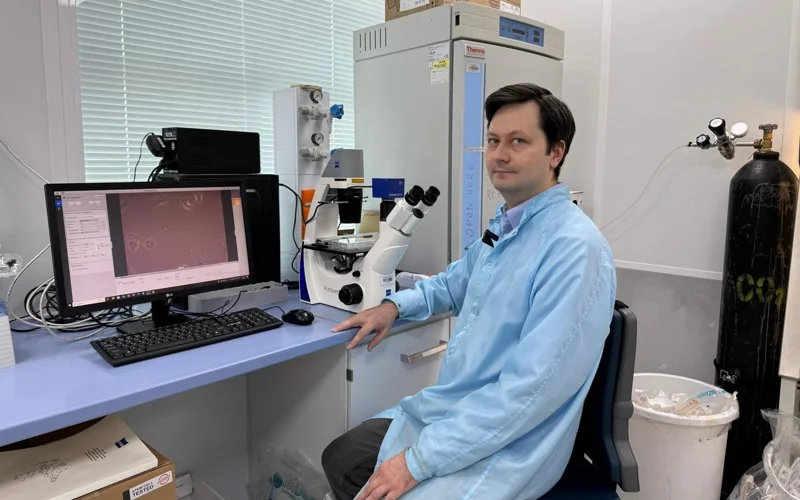
For Vadim, science begins with a lens, but what he observes is far from simple. As a research assistant at the university’s Laboratory of Cell Motility, he focuses on how cells interact with their environment, with a special emphasis on decoding the behavior of focal adhesions, complex structures that are crucial for understanding processes from wound healing to cancer progression.
“Focal adhesions are essentially the anchor points that the cell uses to anchor itself in an extracellular matrix or something else outside of the cell. (...) We are directly visualizing how focal adhesions behave. Focal adhesions are rather complex structures with multiple layers. In our work, we visualize several proteins in the middle layer, in the layer that is on the membrane. Right now, we are primarily visualizing the proteins vinculin and paxillin.”
To study how these tiny structures behave, the team uses fluorescent tags to make certain proteins inside the cell glow under a microscope. This allows them to record videos showing how focal adhesions form, grow, and change over time. With the help of custom software, they can track and analyze even the smallest changes in behavior, giving them a clearer picture of how cells function under different conditions.
“We explore the focal adhesion behavior under different conditions and in different cell lines again under different effector drugs. Then we analyze the data. Some of the modifications are more interesting from the perspective of fundamental analysis. For example, understanding how focal adhesions behave in different cell regions.”
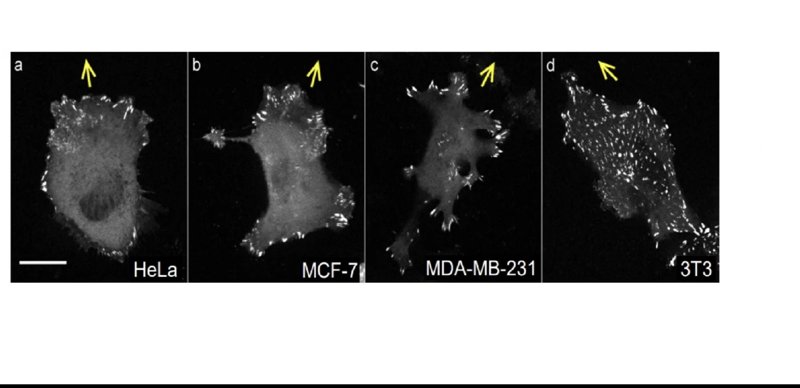
The project aims to achieve two main outcomes: a publishable, user-friendly algorithm for analyzing focal adhesions and new insights into how these structures behave. The team also hopes their results will highlight lesser-known but important patterns in cell behavior.
“I think nowadays it's actually fairly standard practice for everyone to publish this code. We are aiming to publish it in a way where it would be possible for anyone else to use it essentially right away, as long as they just input the right folder addresses and whatnot. So, first, this code will hopefully be useful for other scientists doing similar research on focal adhesions. (...) Probably the more interesting bits would be some new behavior we have again described using this analysis pathway. So some behaviors we've been able to document have not really been published in the literature yet. (...) We are not right now in this particular project trying to do screening on all possible cell types or at least like an exhaustive type, an exhaustive library of cell types. That would probably be something that maybe we or maybe some other group will be doing in the future, so documenting behavior for many different cell types and many different conditions.”
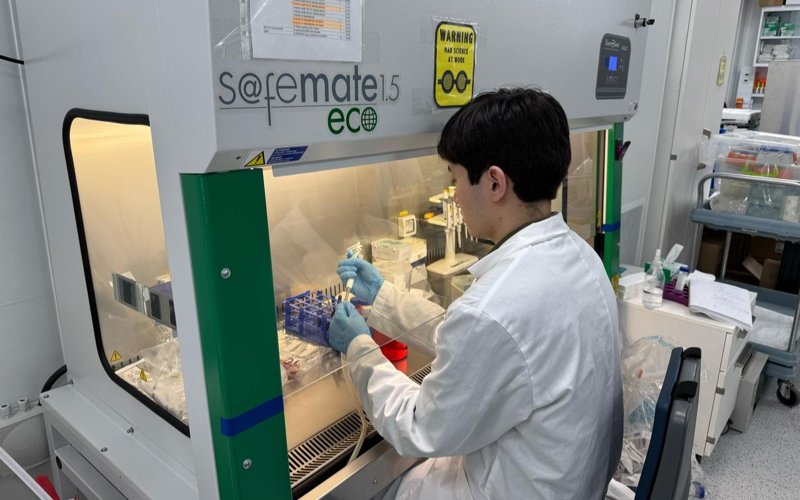
The inspiration behind this research builds directly on the lab’s longstanding interest in cell motility and cytoskeleton-related structures. For Vadim, the project is a natural continuation of the lab’s research focus and of his own expertise in microscopy.
“I would say that in this project in particular, it's just my microscopy experience that comes into play rather than my experience with microtubules, which do interact with focal adhesions, but that interaction is not a major part of this specific project. So mostly it's the microscopy background here that plays a key role.”
The project is nearly complete, and the team is preparing to submit their findings and software for publication in the coming weeks, depending on the review process. Looking ahead, they envision two directions: expanding to different cell types and environments or exploring focal adhesions more deeply by examining the behavior of proteins in additional layers.
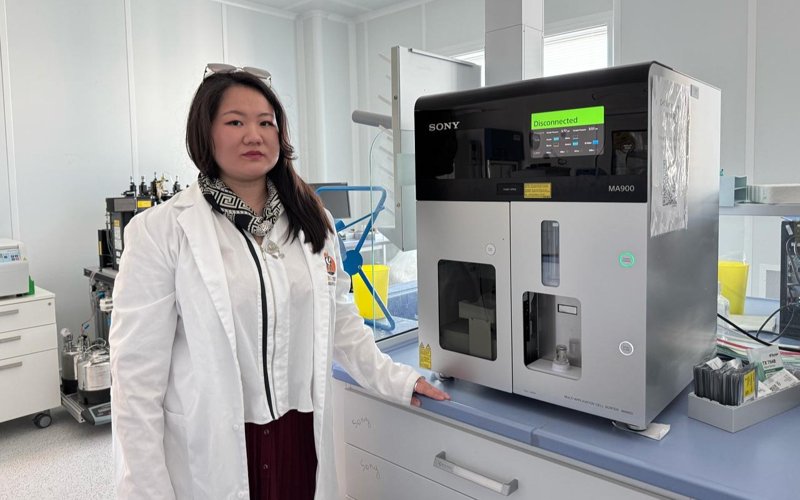
“We are seeing that focal adhesions, despite what previous publications suggest, are fairly interconnected structures. It can separate into layers, and these layers can sometimes separate and move independently, at least mostly independently. In that sense, it would be interesting to study more proteins in both directions. (...) The other direction instead of studying different cell cultures and cell types would go more in-depth into the different layers and see what's going on there when interesting things are happening at the middle layer.”
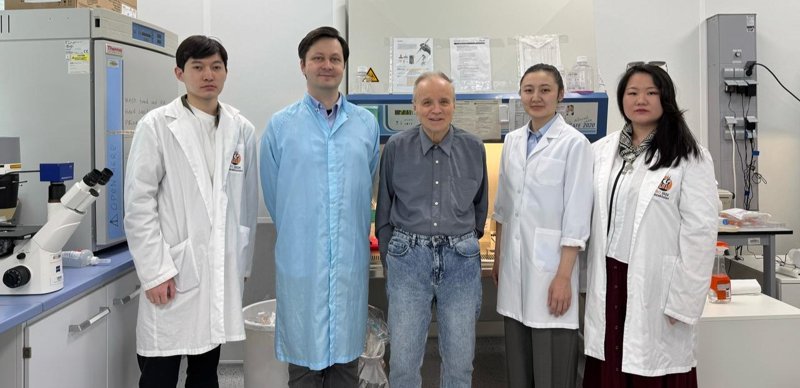
Vadim Mustyatsa gave Kazinform a detailed look into his lab, introducing his team and showcasing the videos captured through the high-resolution microscope.
Earlier, Kazinform shared an interview with Sagyn Omirbekov, Senior Researcher at the Computational Materials Science Lab.

